In a lithium - ion battery pack, the consistency of individual cells is crucial for the overall performance, safety, and lifespan of the pack. Inconsistent cells can lead to uneven charge - discharge behavior, reduced capacity, and even thermal runaway in extreme cases. Therefore, effective methods for detecting cell consistency are essential in battery manufacturing, quality control, and battery management systems.
1. Parameters for Consistency Detection
Capacity Consistency: The capacity of each cell in a battery pack should be as close as possible. Capacity is a key parameter that determines how much charge a cell can store. In a battery pack for an electric vehicle, if one cell has a significantly lower capacity than the others, it will limit the overall capacity of the pack. For example, during charging, the cell with lower capacity will reach its full - charge state earlier than the rest, and if the charging process continues, it may be over - charged, which can damage the cell and pose a safety risk. Capacity can be measured by fully charging and discharging the cell under controlled conditions and recording the amount of charge transferred.
Voltage Consistency: Cell voltage is another important parameter for consistency detection. At the same state of charge (SOC), all cells in a pack should have similar voltages. Voltage differences can indicate differences in cell chemistry, internal resistance, or SOC. For instance, in a series - connected battery pack, a cell with a lower voltage may be in a more discharged state compared to the others, which can cause uneven current distribution during charge and discharge. Voltage can be easily measured using a multimeter or the battery management system's voltage sensors.
Internal Resistance Consistency: The internal resistance of cells affects the charging and discharging efficiency. Inconsistent internal resistance can lead to different amounts of heat generation in cells during operation. A cell with higher internal resistance will dissipate more heat, which can accelerate its degradation and potentially lead to thermal imbalance in the battery pack. For example, in a high - power application like an electric vehicle motor drive, where high - current charge - discharge cycles occur, cells with high internal resistance may overheat. Internal resistance can be measured using electrochemical impedance spectroscopy (EIS) or by applying a small current pulse and measuring the resulting voltage change.
2. Detection Methods
Electrical Parameter Measurement - based Methods:
Direct Measurement: This involves directly measuring the capacity, voltage, and internal resistance of each cell in the battery pack. For example, in a manufacturing process, cells are individually tested before being assembled into a pack. Automated testing equipment can quickly measure these parameters and compare them against predefined tolerance limits. If a cell's parameter values fall outside the limits, it can be rejected or further investigated.
Differential Measurement: Instead of measuring each cell's absolute parameters, differential measurement methods compare the parameters of cells relative to each other. For example, in a battery management system, the voltage differences between adjacent cells in a series - connected pack can be monitored. If the voltage difference between two cells exceeds a certain threshold, it may indicate an inconsistent cell. This method is more suitable for real - time monitoring in operating battery packs.
Model - based Methods:
Equivalent Circuit Model (ECM) - based Detection: The ECM represents the battery cell as an equivalent circuit with resistors, capacitors, and voltage sources. By fitting the ECM to the measured voltage and current data of each cell, the model parameters (such as internal resistance and capacitance) can be estimated. Differences in these estimated parameters among cells can be used to detect inconsistency. For example, if the internal resistance parameter estimated from the ECM for one cell is much higher than that of other cells, it may indicate an inconsistent cell.
Kalman Filter - based Methods: Kalman filters can be used to estimate the state of charge and other internal states of cells. By comparing the estimated states of different cells, consistency can be evaluated. The Kalman filter takes into account the measured voltage and current data as well as the system dynamics (modeled by the ECM) to provide more accurate state estimates. If the estimated SOC values of cells deviate significantly from each other, it may suggest cell inconsistency.
3. Factors Affecting Cell Consistency
Manufacturing Variations: During the manufacturing process, variations in materials, electrode coating thickness, and assembly techniques can lead to inconsistent cells. For example, if the thickness of the positive electrode coating varies from cell to cell, it can affect the cell's capacity and internal resistance. Quality control measures during manufacturing, such as strict material inspection and process monitoring, are necessary to reduce these variations.
Usage Conditions: Different usage conditions, such as charge - discharge rates, temperature, and depth of discharge (DOD), can cause cells to age at different rates, leading to inconsistency over time. For example, cells in a battery pack that are frequently discharged to a high DOD may degrade faster than those with a lower DOD. In an electric vehicle, cells located near the heat source (such as the motor) may experience higher temperatures, which can accelerate their degradation and lead to inconsistency with other cells.
detecting the consistency of lithium - ion battery cells is vital for ensuring the performance and safety of battery packs. By using appropriate detection methods and understanding the factors that affect consistency, manufacturers and users can take measures to improve the quality and lifespan of battery packs.
Read recommendations:
3.2V 304Ah
Advantages and disadvantages of lithium iron phosphate/lithium cobalate/lithium manganate/ternary li
What are the characteristics of custom lithium batteries.lifepo13 battery for solar energy storage w
energy storage battery pack
3.7v 2200mah 18650 lithium battery
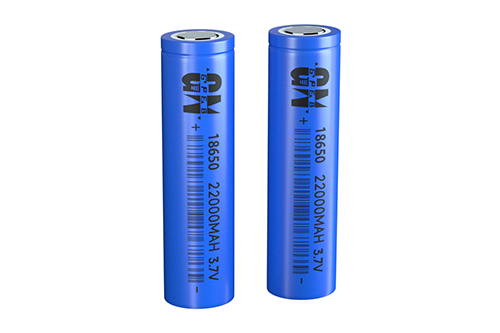
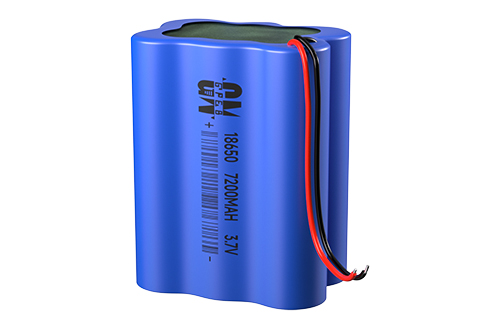

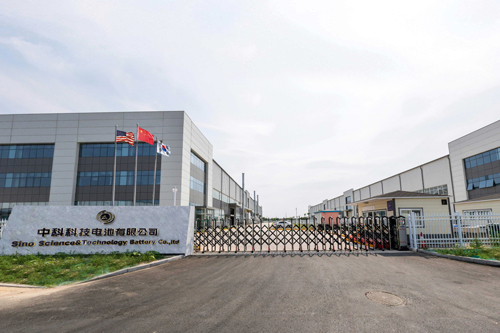

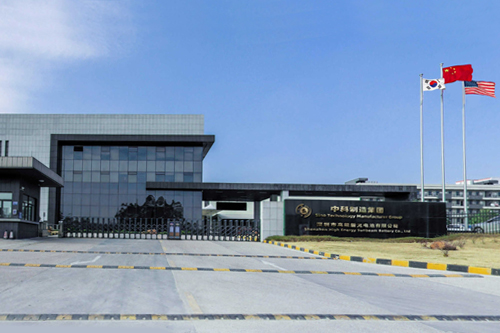



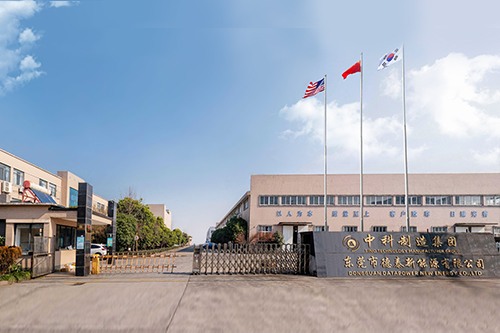

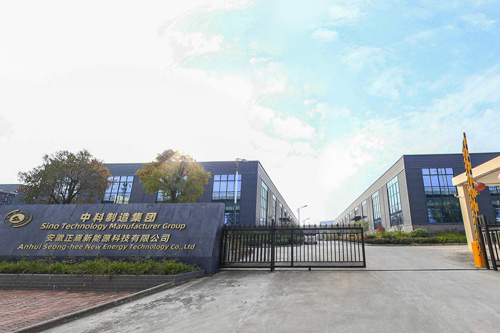








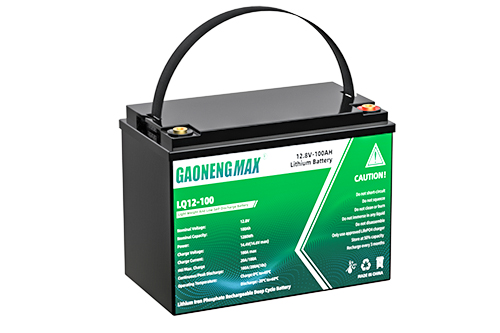
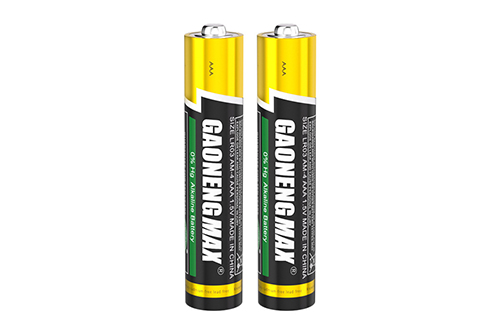

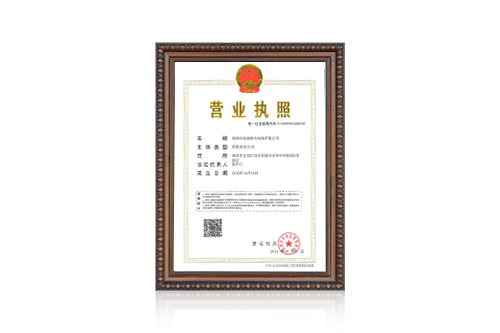
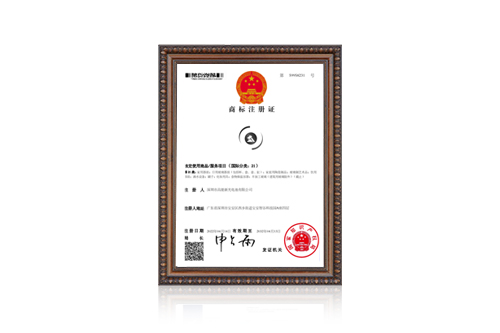
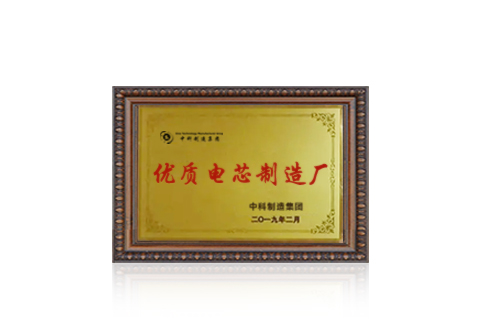

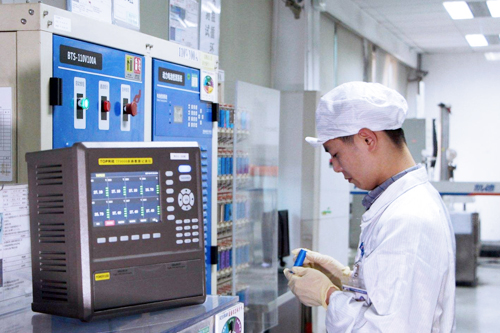















 360° FACTORY VR TOUR
360° FACTORY VR TOUR
 Whatsapp
Whatsapp
 Tel
Tel Email
Email TOP
TOP